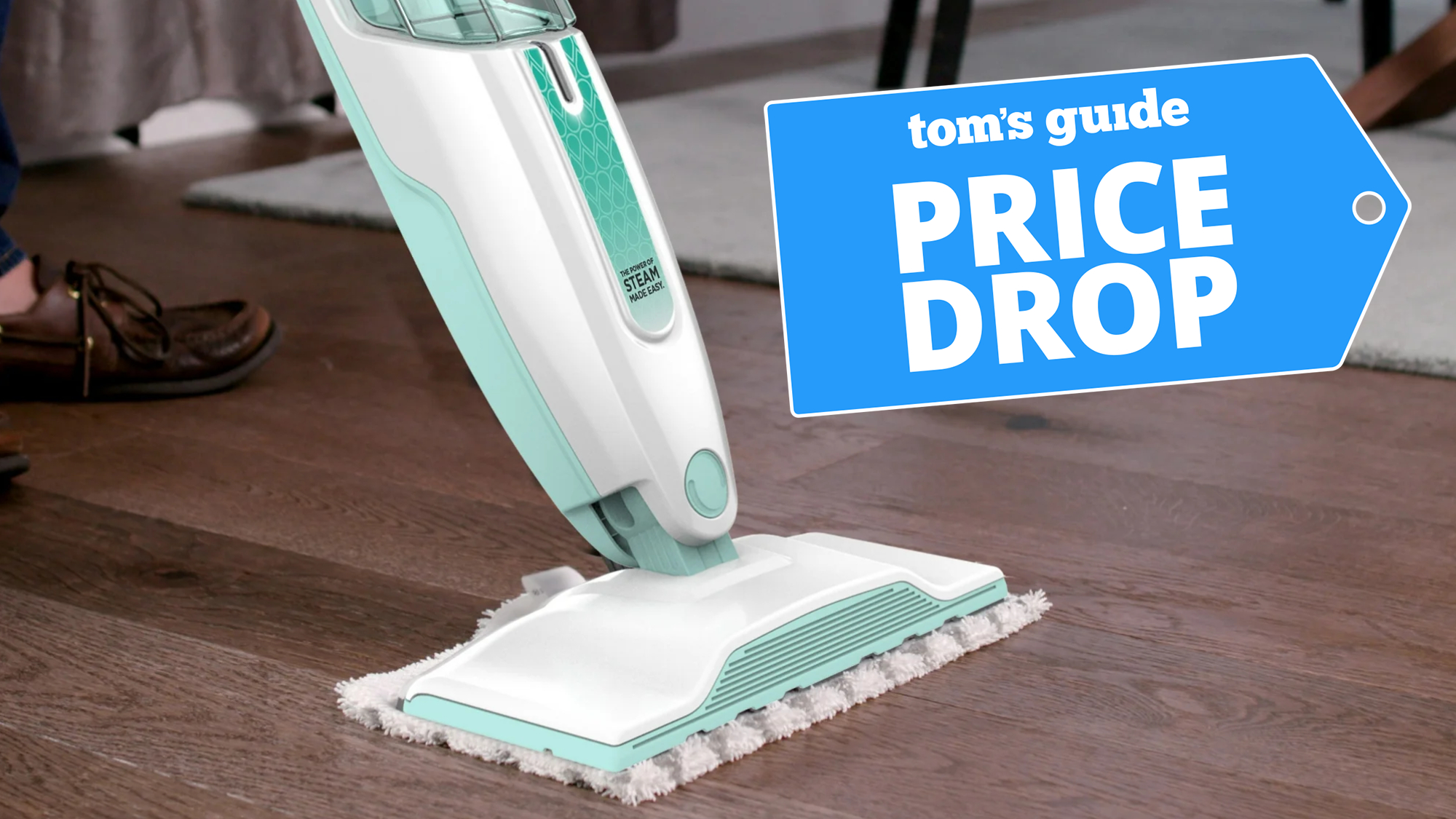Best iPhones in 2025: Which iPhone should you buy?
Here are the best iPhones for every budget
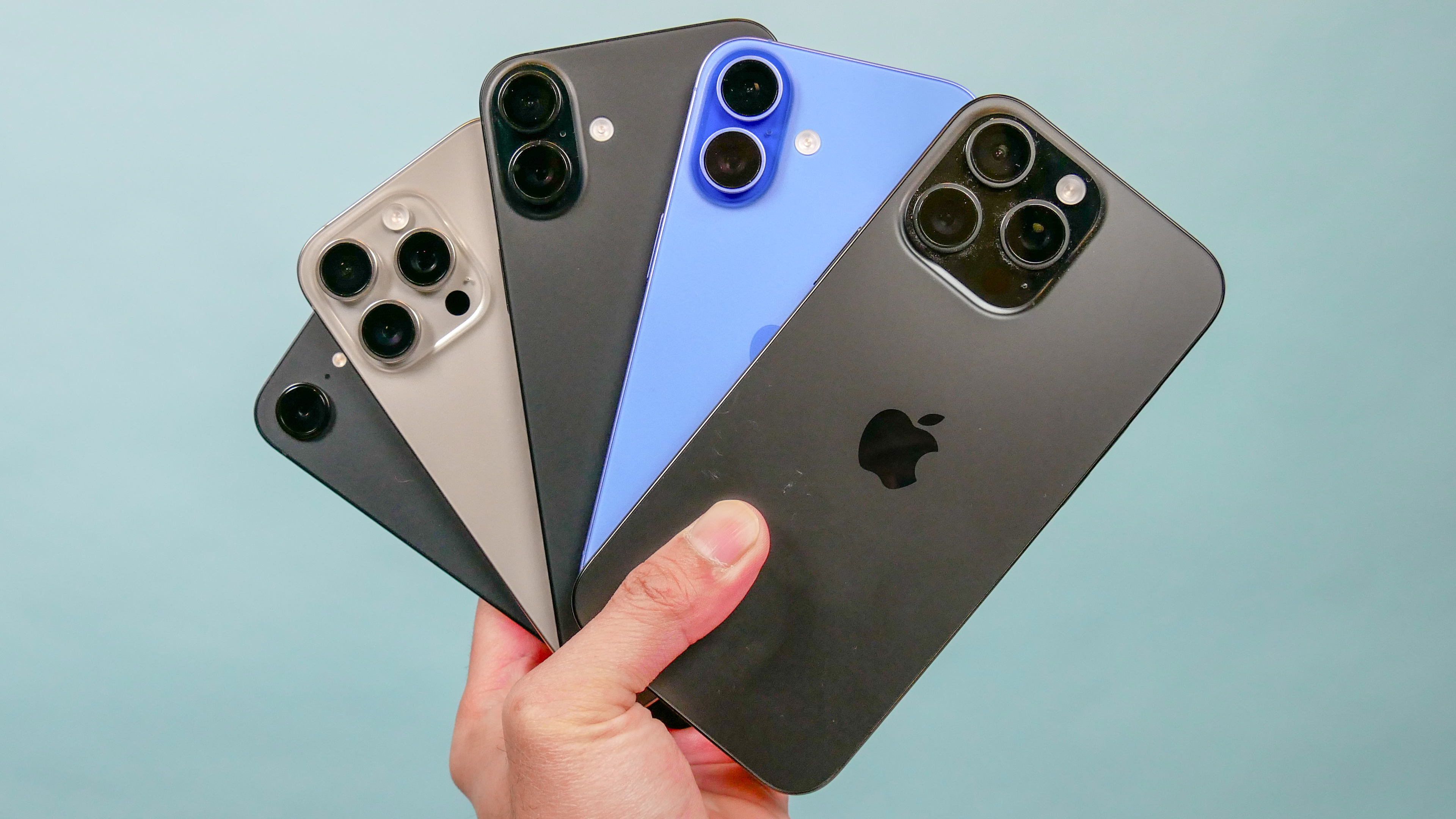
With the iPhone 16e now widely available, the best iPhones lineup is set — at least until the fall when we'll see a new batch of flagship phones from Apple. And that means if you need an iPhone right now, it's the perfect time to grab a model that fits your exact needs.
But which model should that be? If money is no object, I'd steer you toward the iPhone 16 Pro Max. Based on the hands-on testing by the Tom's Guide staff and multiple head-to-head comparisons with other phones. Apple's premium flagship offers the best performing A series chip you can get. The Pro Max has also beat out most every challenger in our camera face-offs. Add the largest screen on any iPhone and the best battery life of any Apple phone ever, and you've got an unbeatable combination.
You've also got a very expensive phone at $1,199. If you're on a budget, your choices boil down to the iPhone 16e and the iPhone 16. Both phones support the same Apple Intelligence features as Apple's more expensive Pro models, so you won't feel like you're missing out by skipping the $999 iPhone 16 Pro.
My colleague Mark Spoonauer breaks down the differences between the iPhone 16e and iPhone 16. Personally, I think that unless you really need to save the $200 difference between the two phones, the iPhone 16 is the better buy due to its more flexible camera setup.
I base my best iPhone recommendations on years of experience with Apple's phones, having covered them since the first iPhone debuted in 2007. Here's a closer look at the iPhones has on offer, as we help you find the best iPhone for your needs and budget.
The quick list
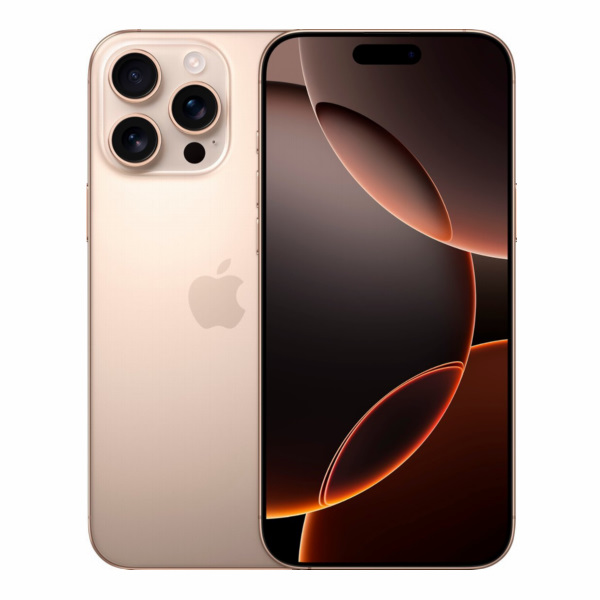
The iPhone 16 Pro Max is the best iPhone you can buy, sporting the biggest screen, most powerful chipset and best cameras. You'll also appreciate the epic battery life for this model — along with its new Camera Control button for more control how you take photos and video.
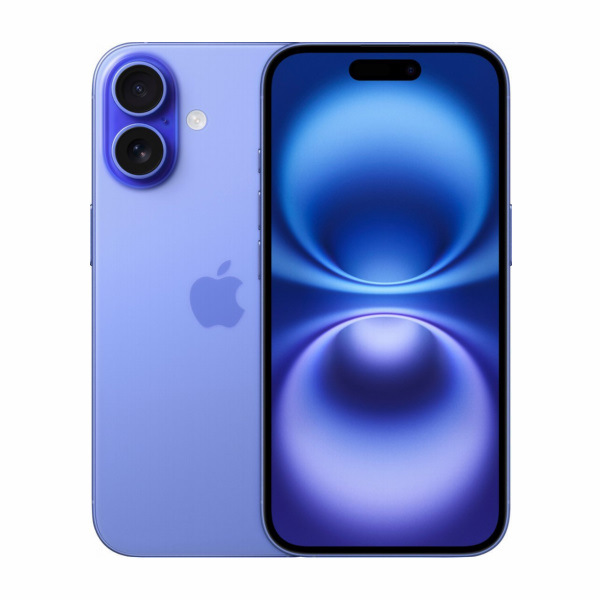
It may be overshadowed other recent models, but this iPhone is relatively affordable, especially now that it packs features that were once exclusive to the Pros. It still offers solid cameras and strong performance courtesy of the A18 chipset.
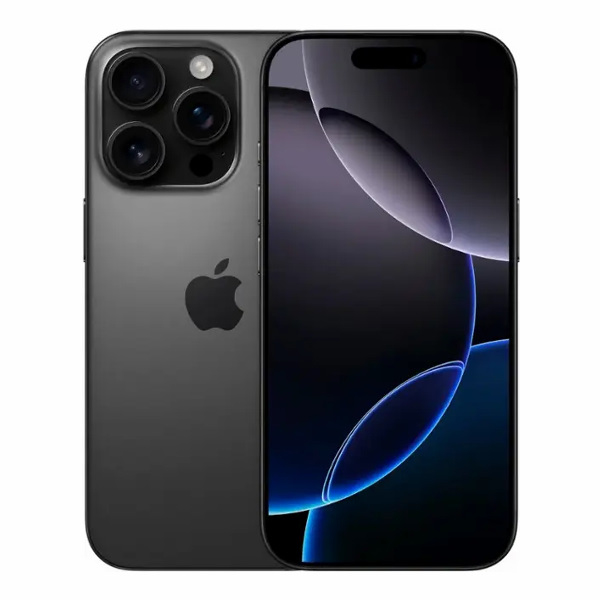
If the iPhone 16 Pro Max's price is too high, try the iPhone 16 Pro. It's got many of the same features as the Max, including the same telephoto camera with 5x optical zoom and Apple Intelligence features — but it also costs $200 less.
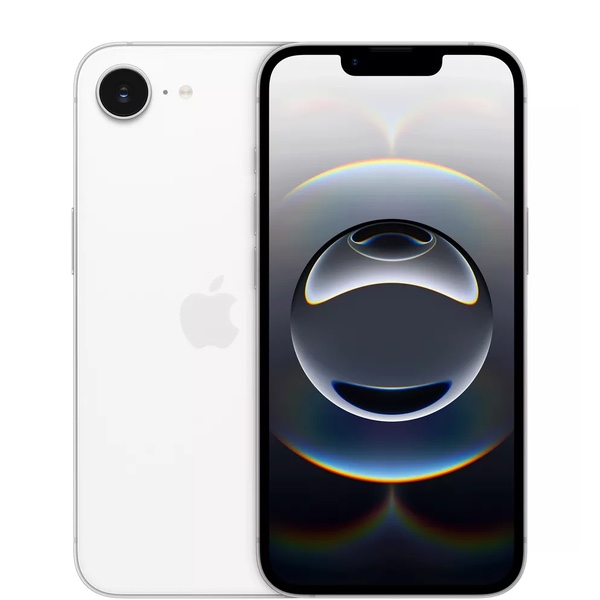
Apple’s follow-up to the iPhone SE raises the price of Apple’s cheapest iPhone, but its A18 chipset means you can run the same Apple Intelligence features as other iPhone 16 models. And the design is finally more modern looking.
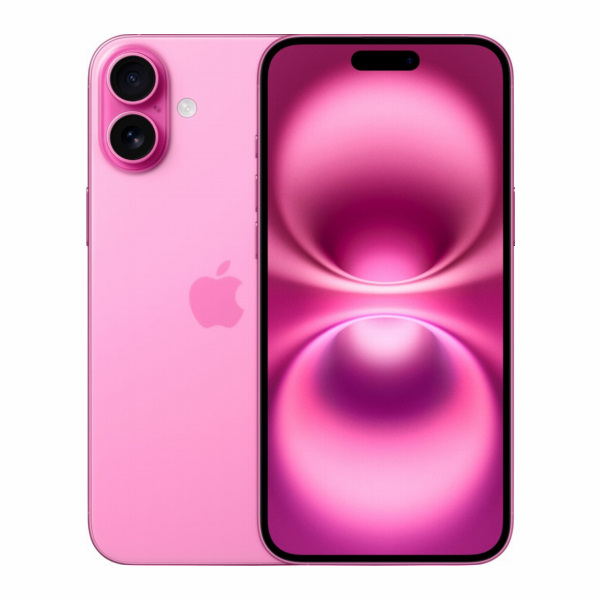
Apple continues to offer a big-screen alternative to the Pro Max, even if 6.7 inches is no longer the biggest display in town. Not matter, though, because you'll play less for the iPhone 16 Plus, while still enjoying long battery and strong performance.
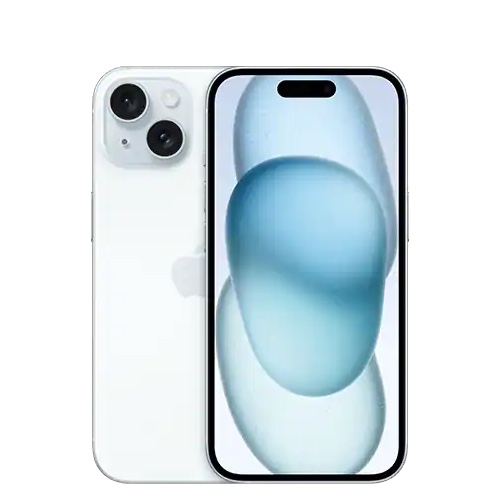
If the iPhone 16 doesn't tickle your fancy and you're not that concerned about having a device that supports Apple Intelligence features, consider the iPhone 15 now that it costs $699. The 2023 phone is still good enough for most tasks, and you won't have to pay big bucks for a capable device.

My name is Philip Michaels, and I'll be your guide into Apple's latest iPhones. I've been covering technology for a quarter-century now, and I was at the first iPhone launch back in 2007. Since then, I've handled every model that Apple's produced, so I can tell you all about the changes that have accumulated over the years. In addition to the iPhone hardware, I've also reviewed Apple's various iOS updates going back a decade, so I can discuss those software features, too.
The best iPhone overall


Specifications
Reasons to buy
Reasons to avoid
Who should get the iPhone 16 Pro Max: Users with big budgets who want the very best Apple offers in the largest and longest-lasting package.
What we think about the iPhone 16 Pro Max: Everyone on the Tom's Guide staff who's handled the iPhone 16 Pro Max has come away impressed with Apple's latest phone. The big screen size helps, as the 6.9-inch panel is the largest Apple's ever used on one of its phones. That said, my colleague Mark Spoonauer had trouble using the phone with one hand, so if that's a concern for you, you may want to look at more compact models.
Still, the performance boost the iPhone 16 Pro Max gets from its A18 Pro chip is nearly as big as the phone itself. In our testing, the latest Pro Max topped Snapdragon 8 Gen 3-powered devices like the Galaxy S24 Ultra in Geekbench tests for general performance, though the Galaxy S25 Ultra and its Snapdragon 8 Elite chip has proven to be a formidable rival in terms of processing power. We were also able to transcode a video on the iPhone 16 Pro Max in half the time it takes a Galaxy device, even the newer S25 Ultra. The iPhone 16 Pro Max jumps between apps with ease, and never faltered when we ran graphically-demanding games on the handset.
Still, the big reason to pay up for the iPhone 16 Pro Max is for its cameras, which have surpassed the competition in nearly every 200-photo face-off we've conducted with Apple's latest phone. (Improvements to the photo processing help the Galaxy S25 Ultra edge out the iPhone 16 Pro Max in our best camera phone rankings.) Not only does this model have the 5x zoom lens introduced with the iPhone 15 Pro Max, you also get an improved 48MP ultrawide camera. If you want to capture crisp, engaging images, you'll want an iPhone 16 Pro Max handy. The newly added Camera Control button adds some flexibility to operating the iPhone's camera, though some of our testers found the new control a little awkward to use.
You won't have to worry about the phone running out of battery life, thanks to the A18 Pro's power management features. The iPhone 16 Pro turned in the best time of any Apple phone on our battery test, lasting more than 17 hours. The iPhone 16 Pro Max finished 2024 among the top 5 in our best phone battery life rankings, and the phone figures to stick around well into the new year given how long it lasts on a charge.
In short, everything I look for in a phone — top performance, great cameras, long battery life and an eye-catching design — can be found in the iPhone 16 Pro Max. If the $1,199 starting price isn't a problem, don't hesitate to grab this phone. (And if price is an issue, read on.)
Read our full iPhone 16 Pro Max review.
The most affordable new iPhone
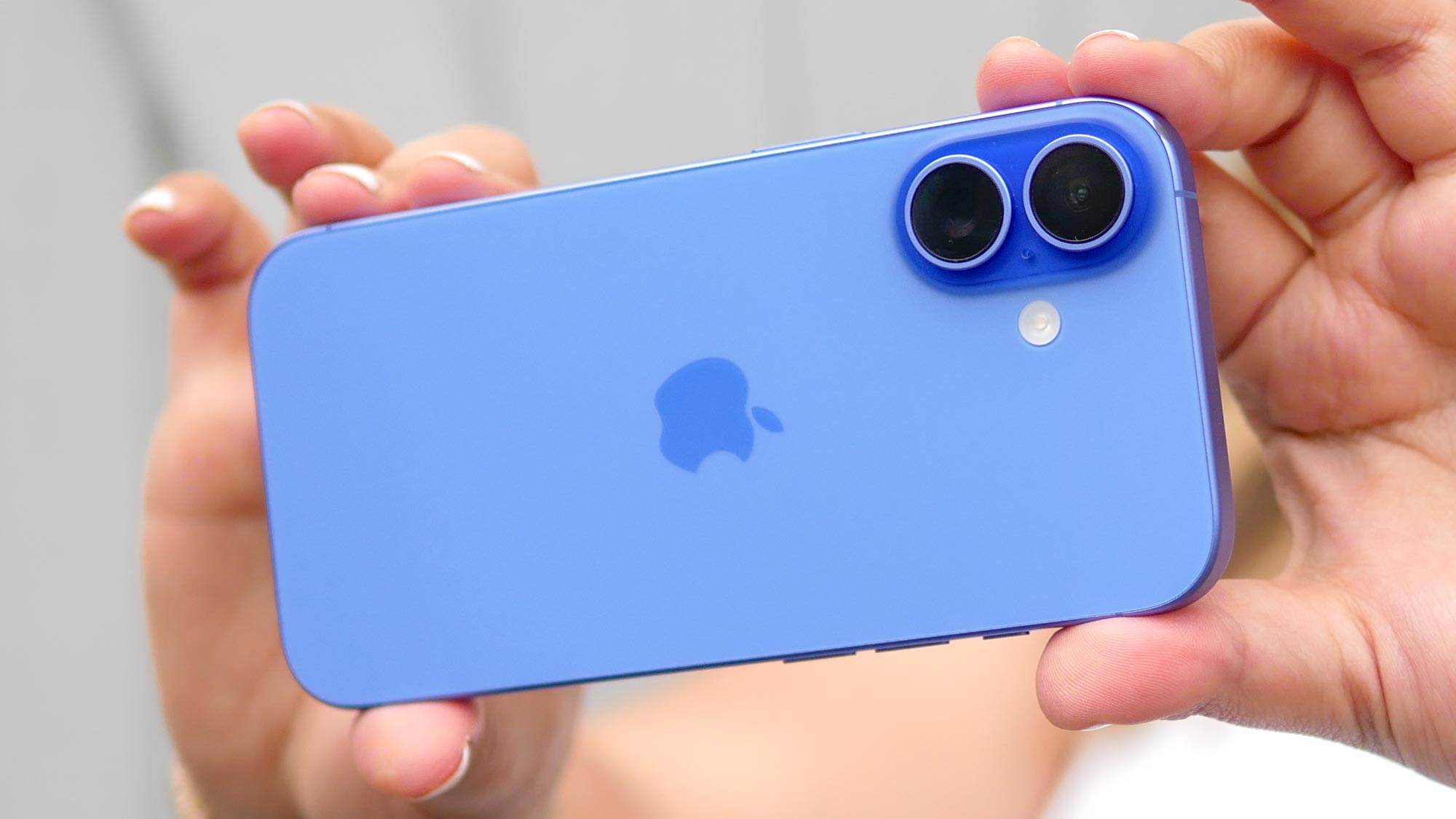

Specifications
Reasons to buy
Reasons to avoid
Who should get the iPhone 16: Anyone who wants the an all-around performance without spending a lot.
What we think about the iPhone 16: The iPhone 16 may not have the flashier features found in its Pro siblings, but it’s still a solid upgrade, particularly if you're not thrilled about flagship pricing. In fact, after using the iPhone 16, I'd even say it goes a long way toward closing the gap that exists between Apple's Pro phones and standard models like this one.
A lot of the features you'd normally associate with an iPhone Pro have found their way to the iPhone 16. That includes the new Camera Control button that promises easy access to the camera settings and modes. The iPhone 16 also adopts the Action button that Apple introduced to the iPhone 15 Pro models. Apart from the larger screen found on the iPhone 16 Pro, you're getting the same design but in a less costly device.
Another change we like is on the back of the iPhone 16, where Apple now stacks the camera lenses vertically. That allows you to capture spatial video and photos to enjoy on VR headsets like the Apple Vision Pro. Granted, you may not be about to pay $3,499 for a spatial computing headset, but it's good to have a library of spatial videos handy as the price of such devices drops over time.
As with previous standard iPhone models, you won't get a dedicated telephoto lens on the iPhone 16 as you would with a Pro version. However, the iPhone 16 still has a 48MP main camera and when you zoom, that camera can crop in to create the equivalent of a 2x optical zoom. I've tested this capability, and I've found very little difference between the iPhone's zoomed-in shots and those captured by a dedicated telephoto lens. And the iPhone 16's camera performance in low light and other challenging settings remains superlative.
The larger iPhones last longer on a charge, but the iPhone 16 still improves upon its predecessor's battery life. That said, the newly launched iPhone 16e can match battery life for the iPhone 16, and that phone is now the cheapest way to get Apple Intelligence if price is a concern for you.
Read our full iPhone 16 review.
The best iPhone camera
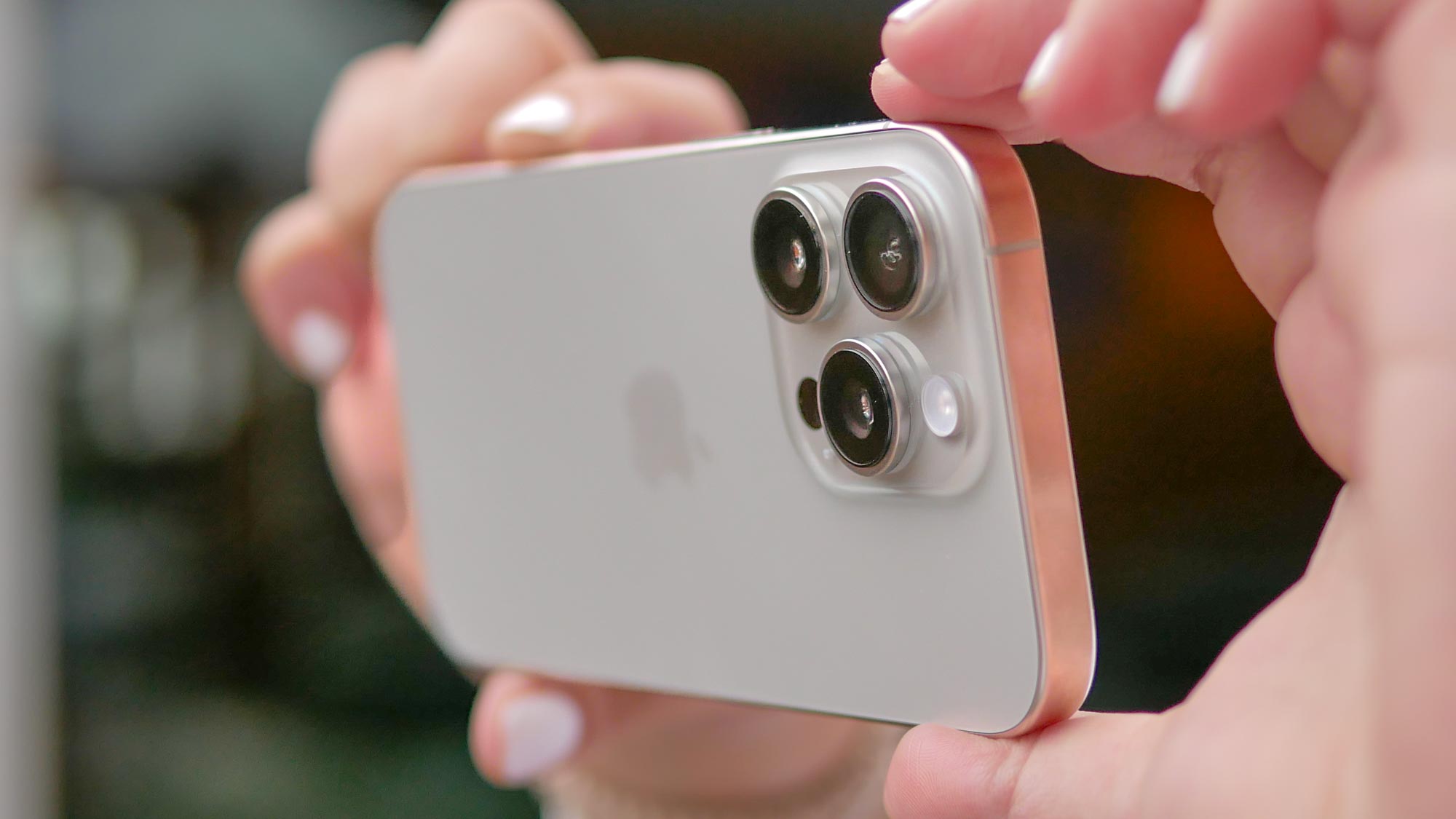

Specifications
Reasons to buy
Reasons to avoid
Who should get the iPhone 16 Pro: Shutterbugs and content creators who need incredible cameras that deliver outstanding quality no matter the conditions.
What we think about the iPhone 16 Pro: You'll appreciate how the iPhone 16 Pro gives people all of the iPhone 16 Pro Max's best features but for $200 less. Unlike with the iPhone 15 Pro, this year's model finds itself on more equal footing with the Pro Max, and that benefits people who want a Pro phone but still have an eye on their budget.
The big addition to the iPhone 16 Pro is the the tetraprism telephoto lens that was an iPhone 15 Pro Max exclusive in 2023. That means better zoom capabilities for the iPhone 16 Pro, particularly if you need to go up to a 5x zoom. In our testing, the new Pro model proved more than capable of capturing details shots at that zoom length without any of the noise and blur that can creep into pictures that rely on a digital zoom.
I would actually argue that the iPhone 16 Pro is the best camera phone iPhone fans can buy right now, as its camera setup matches the one on the Pro Max. Anything that phone can shoot, so can this one — and the iPhone 16 Pro does it for $200 less. Certainly, the iPhone 16 Pro turned in excellent results in our camera testing thanks to an exceptional 48MP main camera that benefits from improvements to low-light image capture and a refreshed 48MP ultrawide takes even better macro photos than ever before. Over on the video front, the iPhone 16 Pro is gifted with a new 4K 120 fps recording mode that allows creators to shoot now, worry later because the footage can be slowed down.
We're focusing on the cameras here, but the iPhone 16 Pro sees other benefits as well, including the same A18 Pro chip that bolsters the iPhone 16 Pro Max's performance and battery life. (The iPhone 16 Pro even proved marginally faster in our benchmark testing, though not so much that you'd notice with the naked eye.) While the iPhone 16 Pro still has a more compact screen than the Pro Max, it's grown to 6.3 inches, giving you more space to work with while still being compact enough to use with one hand.
Read our full iPhone 16 Pro review.
Cheapest iPhone with Apple Intelligence
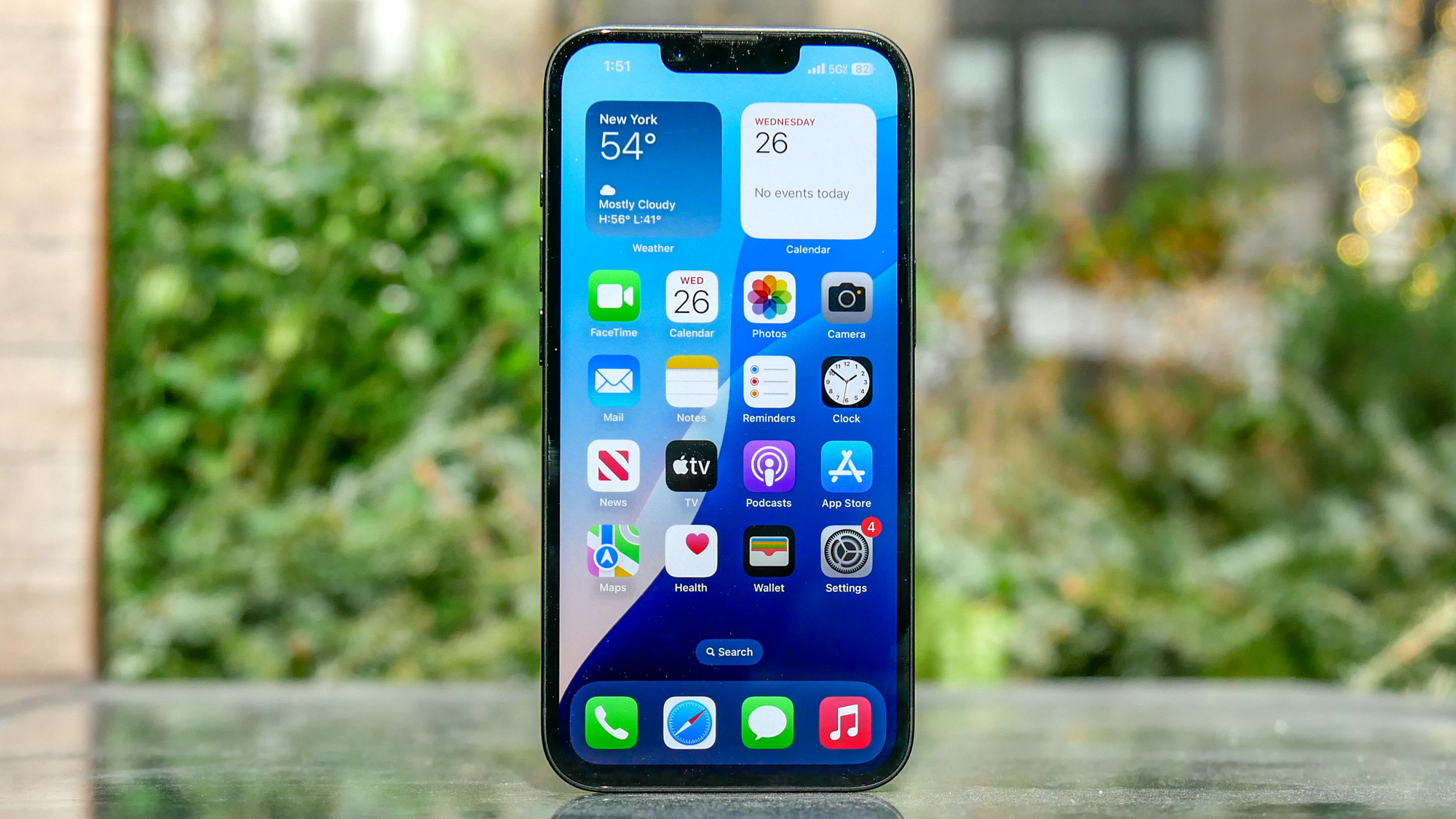
Specifications
Reasons to buy
Reasons to avoid
Who should get the iPhone 16e: People on a budget who won’t pay up for the flagship iPhone 16 models, but still want a phone capable of running Apple Intelligence.
What we think of the iPhone 16e: The iPhone SE (2022) was in dire need of an upgrade, and Apple responded by replacing it entirely. Goodbye, SE models — hello, iPhone 16e. This latest iPhone is less of a stripped-down version of Apple’s regular phones — there there are some key missing features — and more of an extension of the iPhone 16 lineup.
The first thing you’ll notice is the iPhone 16e’s new look, which is actually a bit of an old look, since it mimics the iPhone 14 right down to that phone’s notched display. (In other words, there’s no Dynamic Island feature on this model.) Apple throws in some modern touches, like an Action button you can use to trigger shortcuts, and the LCD panel from the iPhone SE is gone in favor of an OLED screen. The new display is certainly brighter than its predecessor’s, though not as bright as the other iPhone 16 screens according to our light meter testing.
The best change to the iPhone 16e is that it uses an A18 chipset, just like the rest of the iPhone 16 lineup, though its version has one less GPU core than the A18 silicon found in the iPhone 16 and iPhone 16 Plus. That meant slightly lower gaming benchmarks for the iPhone 16e, though my colleague John Velasco found that the lower-cost iPhone could easily handle demanding games like Asphalt Legends.
More important than performance, the A18 chipset allows the iPhone 16e to run Apple Intelligence features, making it the most affordable phone to support Apple’s evolving AI tools. That includes Visual Intelligence, where you can use the iPhone 16e camera to look up information on whatever you point the lens at.
As with the iPhone SE, you still get a single rear camera lens with the iPhone 16e, though the 48MP sensor has the ability to mimic 2x zooms — and quite well, based on our testing of the camera lens. In fact, the iPhone 16e camera produced better shots on average than the Pixel 8a when John compared the two camera phones in a 200-photo shootout between the two phones. That's impressive given the Pixel 8a's status as the best camera phone under $500.
The iPhone 16e supports wireless charging, though it lacks MagSafe magnets for a secure fit with compatible accessories. (Picking up one of the best iPhone 16e cases with MagSafe compatibility takes care of that problem.) But for me, the biggest downside to the new phone is its higher $599 price. That closes the gap with the iPhone 16, which is $200 more — and some people may have a hard time sacrificing the ultrawide camera, Dynamic Island feature and MagSafe compatibility for just a $200 discount.
Still, if you balk at paying more than $600 for a phone, the iPhone 16e will fit your budget and offer some nice features to boot.
Read our full iPhone 16e review.
More screen for less
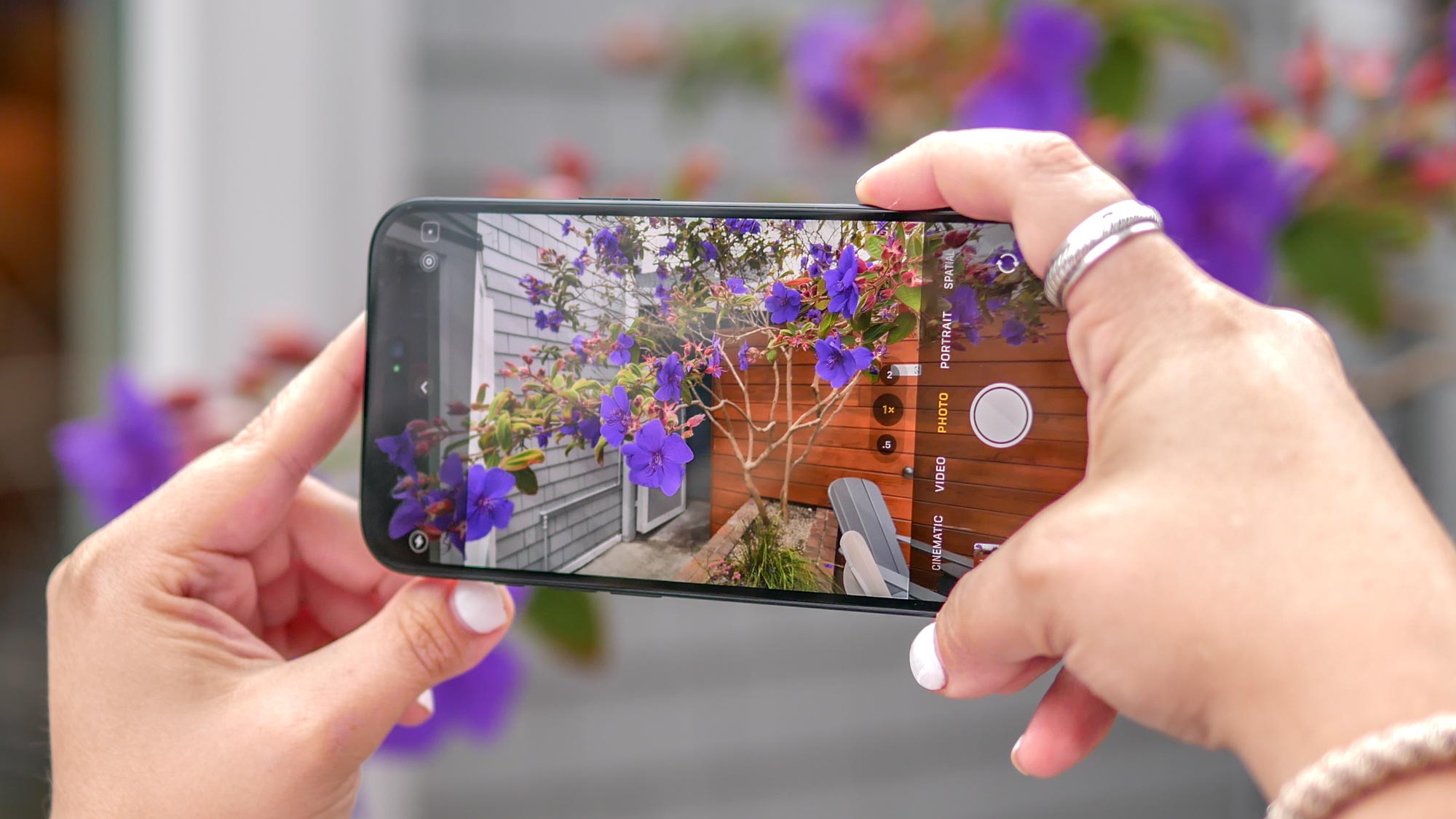

Specifications
Reasons to buy
Reasons to avoid
Who should get the iPhone 16 Plus: Big-screen phone fans who don't want to pay big bucks for a Pro Max.
What we think about the iPhone 16 Plus: The iPhone 16 Plus is the best iPhone for people who prefer a larger display but don't want to pay close to $1,000 for one of the best big phones. That's especially true when you look at the price of the iPhone 16 Pro Max, the only other current iPhone with a super-size display.
While the iPhone 16 Pro Max screen is larger at 6.9 inches, I find the 6.7-inch OLED panel on the iPhone 16 Plus plenty big for watching videos, playing games and serving a view finder when I'm taking photos. Speaking of photos, the iPhone 16 Plus benefits from the same upgraded ultrawide camera found on the iPhone 16, That helps with better macro shots, as my colleague John Velasco discovered when testing out the iPhone 16 Plus ultrawide lens. The same Camera Control button found on every iPhone 16 model save for the 16e is here, too, for easier controls once you master the different swipes and presses.
Because the iPhone 16 Plus is big enough to feature a 6.7-inch display, it also has more room inside for a bigger battery than what the iPhone 16 can house. As a result, the iPhone 16 Plus also lasts a long time on a charge, finishing just shy of 16.5 hours in our testing. Only the iPhone 16 Pro Max lasts longer among Apple's phones.
You'll make some sacrifices with the iPhone 16 Plus and its lower cost, as Apple only uses fast-refreshing displays for its Pro models. That means scrolling isn't as smooth on the iPhone 16 Plus as its is on the iPhone 16 Pro Max, and games that support fast refresh rates won't be as immersive. I notice a difference when the iPhone 16 Plus and iPhone 16 Pro Max are side by side, but it may not affect your enjoyment of the bigger screen if you only use the Plus.
Other than that, the iPhone 16 Plus delivers great cameras, strong performance and long battery life in a relatively affordable (for Apple) package. That's appealing to big-screen phone lovers on a budget.
Read our full iPhone 16 Plus review.
Best iPhone discount
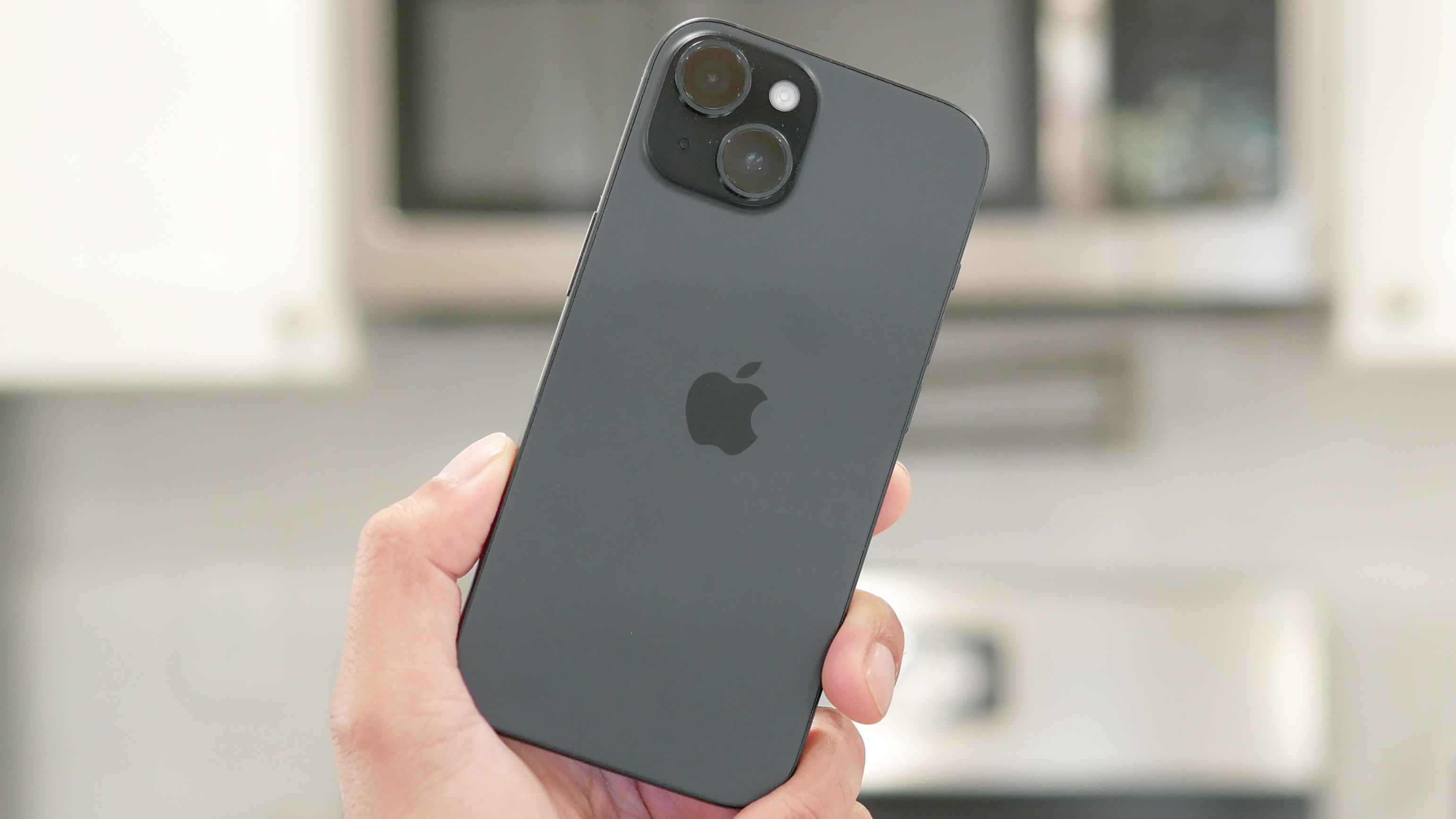

Specifications
Reasons to buy
Reasons to avoid
Who should get the iPhone 15: Bargain hunters who are unswayed by more recent features on newer iPhones.
What we think about the iPhone 15: With the iPhone 16e launch, Apple has trimmed the number of older models it offers, dropping the iPhone 14 from its lineup. But you can still get an iPhone 15 for $699 — a $100 drop from its original price — and an iPhone 15 Plus for $799.
Of those two older models, the one I'd recommend is the iPhone 15, given that the iPhone 15 Plus still costs as much as a newer iPhone 16 (even if the Plus does feature a larger display).
Our iPhone 16 vs. iPhone 15 comparison goes into greater detail on what you give up by opting for the older, cheaper model, but in a nutshell, you won't get a device with the latest chipset or any of the camera improvements Apple made to the iPhone 16 lineup. It also means no Apple Intelligence features, which are now available on a cheaper iPhone in the form of the $599 iPhone 16e.
All that said, the iPhone 15 does offer an upgraded 48MP camera that, in my experience, produces sharp images that look good even next to the output of newer camera phones. It can also approximate a 2x zoom for solid close-ups.
The iPhone 15's 6.1-inch display has the same brightness specs as the iPhone 16. In our testing, the iPhone 15 even managed a marginally higher reading on a light meter. The point is, you'll get a bright, colorful screen even if you choose the older model.
Read our full iPhone 15 review.
iPhone 16 models compared
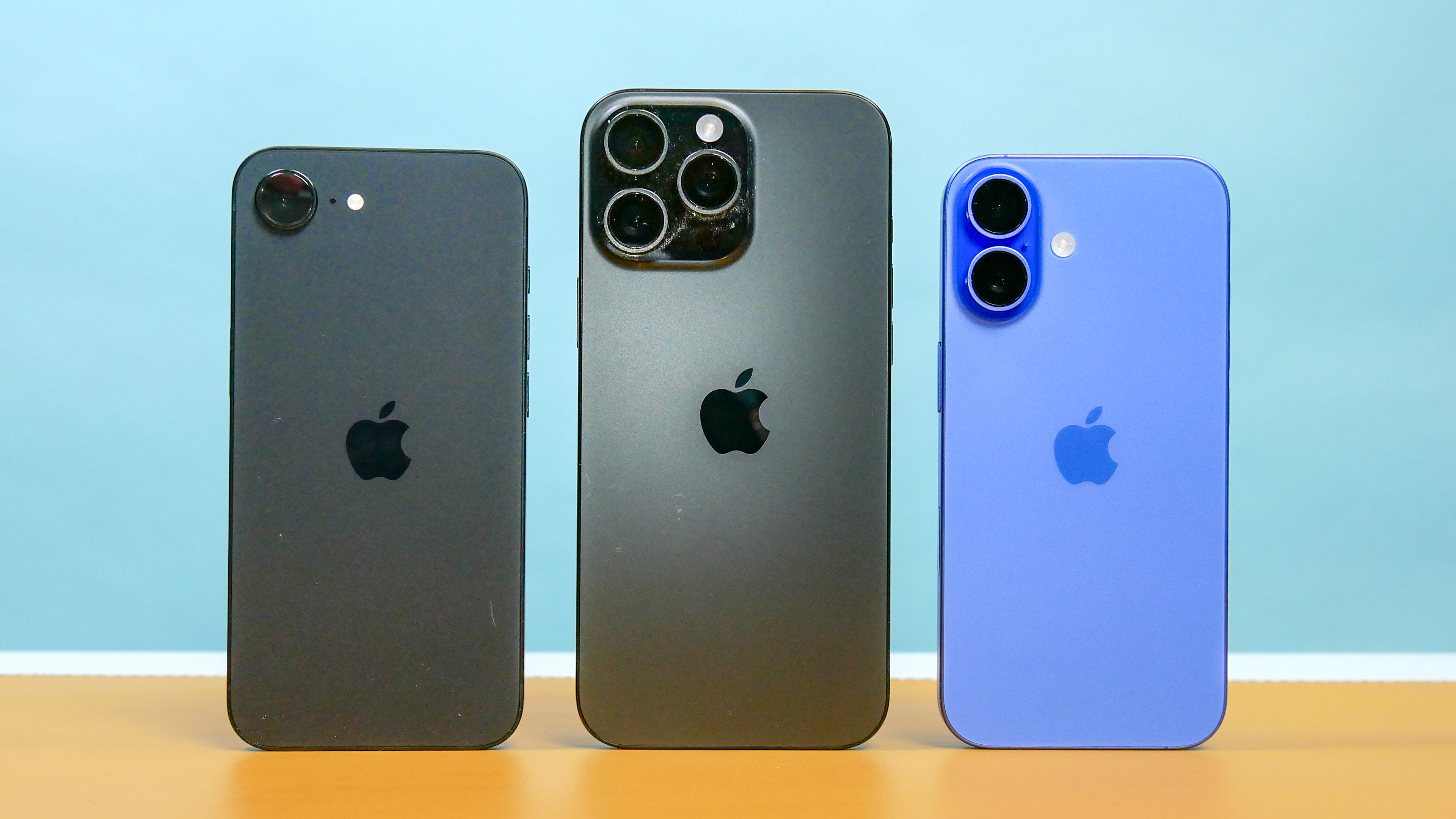
If you need more help trying to sort out all the different iPhone 16 models that make up Apple's current lineup, here's a breakdown on how each phone compares in terms of specs.
| Row 0 - Cell 0 | iPhone 16e | iPhone 16 | iPhone 16 Plus | iPhone 16 Pro | iPhone 16 Pro Max |
Starting price | $599 | $799 | $899 | $999 | $1,199 |
Display | 6.1-inch OLED (2532x1170; 60Hz) | 6.1-inch OLED (2556 x 1179; 60Hz) | 6.7-inch OLED (2796 x 1290; 60Hz) | 6.3-inch OLED (2622 x 1206; 1-120Hz) | 6.9-inch OLED (2868 x 1320; 1-120Hz) |
Chipset | A18 | A18 | A18 | A18 Pro | A18 Pro |
Storage | 128GB, 256GB, 512GB | 128GB, 256GB, 512GB | 128GB, 256GB, 512GB | 128GB, 256GB, 512GB, 1TB | 256GB, 512GB, 1TB |
Rear cameras | 48MP main (f/1.6) with 2x opitcal quality zoom | 48MP main (f/1.6) with 2x opitcal quality zoom, 12MP ultrawide (f/2.2) | 48MP main (f/1.6) with 2x opitcal quality zoom, 12MP ultrawide (f/2.2) | 48MP main (f/1.78), 48MP ultrawide (f/2.2), 12MP telephoto (5x, f/2.8) | 48MP main (f/1.78), 48MP ultrawide (f/2.2), 12MP telephoto (5x, f/2.8) |
Front cameras | 12MP (f/1.9) | 12MP (f/1.9) | 12MP (f/1.9) | 12MP (f/1.9) | 12MP (f/1.9) |
Battery size | Unknown | 3,561 mAh | 4,674 mAh | 3,582 mAh | 4,685 mAh |
Battery life (Hrs: Mins) | 12:41 | 12:13 | 16:29 | 14;07 | 17:17 |
Size | 5.8 x 2.8 x 0.31 inches (146.7 x 71.5 x 7.8mm) | 5.8 x 2.8 x 0.31 inches (147.6 x 71.6 x 7.8mm) | 6.3 x 3.1 x 0.31 inches (160.9 x 77.8 x 7.8mm) | 5.89 x 2.81 x 0.32 inches | 6.42 x 3.06 x 0.32 inches |
Weight | 5.88 ounces (167 grams) | 6 ounces (170 grams) | 7 ounces (199 grams) | 7 ounces (199 grams) | 8 ounces ((227 grams) |
Best iPhones: Frequently asked questions
When will the next iPhones come out?
With the iPhone 16e hitting stores at the end of February, Apple's lineup is likely set until the fall. Apple's new iPhone lineup typically debuts in September, which is when we're expecting to see the iPhone 17 lineup.
Which iOS version do the best iPhones run?
Every device on our best iPhone list runs iOS 18. The iPhone 16 models shipped with iOS 18 pre-installed, and the new software is available for older models as an update. In fact, every iPhone released since the iPhone XR, iPhone XS and iPhone XS Max in 2018 can support iOS 18.
I wrote our iOS 18 review, and found the software to be a welcome update, though one without much in the way of revolutionary features. (Even the AI-focused Apple Intelligence features are pretty basic at this point.) That said, I thought updates to the Notes, Fitness and Messages apps were particularly welcome. The Photos app features a redesign that some users dislike, though I've come to appreciate the changes.
Apple Intelligence has started rolling out to iPhones via iOS 18 updates. The first batch of features showed up in October when iOS 18.1 came out, and December's iOS 18.2 release brought even more capabilities. Bear in mind that not every phone that supports iOS 18 can also run Apple Intelligence features. You'll need an iPhone 15 Pro, iPhone 15 Pro Max or any iPhone 16, including the 16e, to take advantage of Apple's suite of AI-powered tools.
The current version, iOS 18.3, has mostly been a maintenance release, with some minor additions to current features. iOS 18.4, currently in beta, adds a number of improvements led by priority notifications. Siri improvements like contextual awareness have been delayed by Apple — they likely won't appear until 2026 according to some reports.
iOS 19 rumors are starting to emerge ahead of the software update's likely preview this summer. The major focus appears to be a redesign that some are calling the most significant overhaul for Apple's iPhone software in 12 years. All of our best iPhone picks figure to run iOS 19 when the full version becomes available later this year.
How can I save money on an iPhone purchase?
These days, a lot of iPhone deals require you to trade in your current device to get a rebate that you can apply to the cost of your new phone. Buy your phone directly from Apple, and you can get between $170 to $630 in credit when you trade in an older device. The more recent your phone, the higher trade-in value — as an example, an iPhone 12 in good condition will fetch you $170 while an iPhone 14 can bring back up to $290.
Note that if you buy your iPhone unlocked from Apple, you'll need to tack another $30 onto the base price of the iPhone 16 and iPhone 16 Plus. (The iPhone 16e, iPhone 16 Pro and iPhone 16 Pro Max start at the same price, whether unlocked or not.)
How to choose the best iPhone for you
When shopping for an iPhone, take stock of the features and capabilities that matter most to you. If battery life is especially important, seek out a larger iPhone, as they tend to have bigger batteries to match their screen size. What's more, because iOS is known to be generally efficient in terms of energy consumption, even the smaller models tend to last longer than average on a charge.
If you're basing your next iPhone purchase off camera quality, the top-tier Pro variants are easy recommendations, thanks to triple-lens designs that allow you to capture multiple different perspectives, from zoomed-out ultra wide-angle images to shallow depth-of-field portraits. They're also remarkably good in challenging lighting scenarios, like when shooting in a dimly-lit indoor space, or outdoors at night.
All that said, if price is king, and saving the absolute most on your next smartphone purchase is your top priority, you should have no reservations about nabbing either the iPhone SE or an older model with a lower price tag. They may be on the cheaper side of Apple's range, but they're still made of flagship-quality materials, with enough power and performance to sustain years of use. iOS software updates, which are available to every model at the same time, generally provide five years of support, adding to the value of older models.
After Apple dropped the iPhone 12, you no longer have to worry quite as much about storage. The base model of nearly every iPhone starts with 128GB of storage — the exceptions are the iPhone SE (a paltry 64GB), the iPhone 15 Pro Max (a more generous 256GB) and now the iPhone 16 Pro Max (also 256GB).
How we test iPhones
As with any smartphone we test at Tom's Guide, we evaluate iPhones for days in real-world use cases. We also benchmark Apple's phones using a gamut of performance-measuring apps that allow us to compare iPhone performance to what Android devices are capable of. In addition to synthetic benchmarks, we also run real-world tests, including a video transcoding test in Adobe Premiere Rush that compares the iPhone's processing speed with other devices.
| Row 0 - Cell 0 | Geekebench 6 score (single-core/multicore) | 3DMark Wild Life Unlimited (frames per second) |
iPhone 16 Pro Max | 3386 / 8306 | 107.5 |
iPhone 16 | 3301 / 8033 | 98.2 |
iPhone 16 Pro | 3400 / 8341 | 109.3 |
iPhone 16 Plus | 3302 / 8042 | 98.3 |
iPhone 16e | 3328 / 8132 | 71.3 |
iPhone 15 | 2518 / 6179 | 70.9 |
In our lab, we use a light meter to ascertain display quality data, like brightness and color accuracy to help us evaluate the display of the best iPhones.
| Row 0 - Cell 0 | Brightness (HDR) | Color (DCI-P3) | Accuracy (Delta-E) |
iPhone 16 Pro Max | 1553 nits | 80.4% | 0.24 |
iPhone 16 | 1348 nits | 79.5% | 0.27 |
iPhone 16 Pro | 1510 nits | 80.9% | 0.26 |
iPhone 16 Plus | 1458 nits | 79.4% | 0.25 |
iPhone 16e | 1,028 nits | 90.2% | 0.26 |
iPhone 15 | 1401 nits | 81.1% | 0.18 |
Our proprietary battery test determines longevity on a charge by endlessly streaming webpages over an LTE network; we then recharge the iPhones to see how quickly they charge in 15-minute intervals.
| Row 0 - Cell 0 | Battery size | Battery life (Hrs:Mins) |
iPhone 16 Pro Max | 4,685 mAh | 17:35 |
iPhone 16 | 3,561 mAh | 12:13 |
iPhone 16 Pro | 3,582 mAh | 14:07 |
iPhone 16 Plus | 4,674 mAh | 16:29 |
iPhone 16e | Unknown | 12:41 |
iPhone 15 | 3,349 mAh | 11:05 |
To compare cameras, we take any iPhone we review out and shoot photos in a variety of settings. We also bring along a comparable smartphone to see how the iPhone's photographic output measures up.
We explore Apple's iOS improvements, test gaming performance and evaluate the phone's speakers — and each of these factors play a part in our final verdict.
Sign up to get the BEST of Tom's Guide direct to your inbox.
Get instant access to breaking news, the hottest reviews, great deals and helpful tips.
Philip Michaels is a Managing Editor at Tom's Guide. He's been covering personal technology since 1999 and was in the building when Steve Jobs showed off the iPhone for the first time. He's been evaluating smartphones since that first iPhone debuted in 2007, and he's been following phone carriers and smartphone plans since 2015. He has strong opinions about Apple, the Oakland Athletics, old movies and proper butchery techniques. Follow him at @PhilipMichaels.

